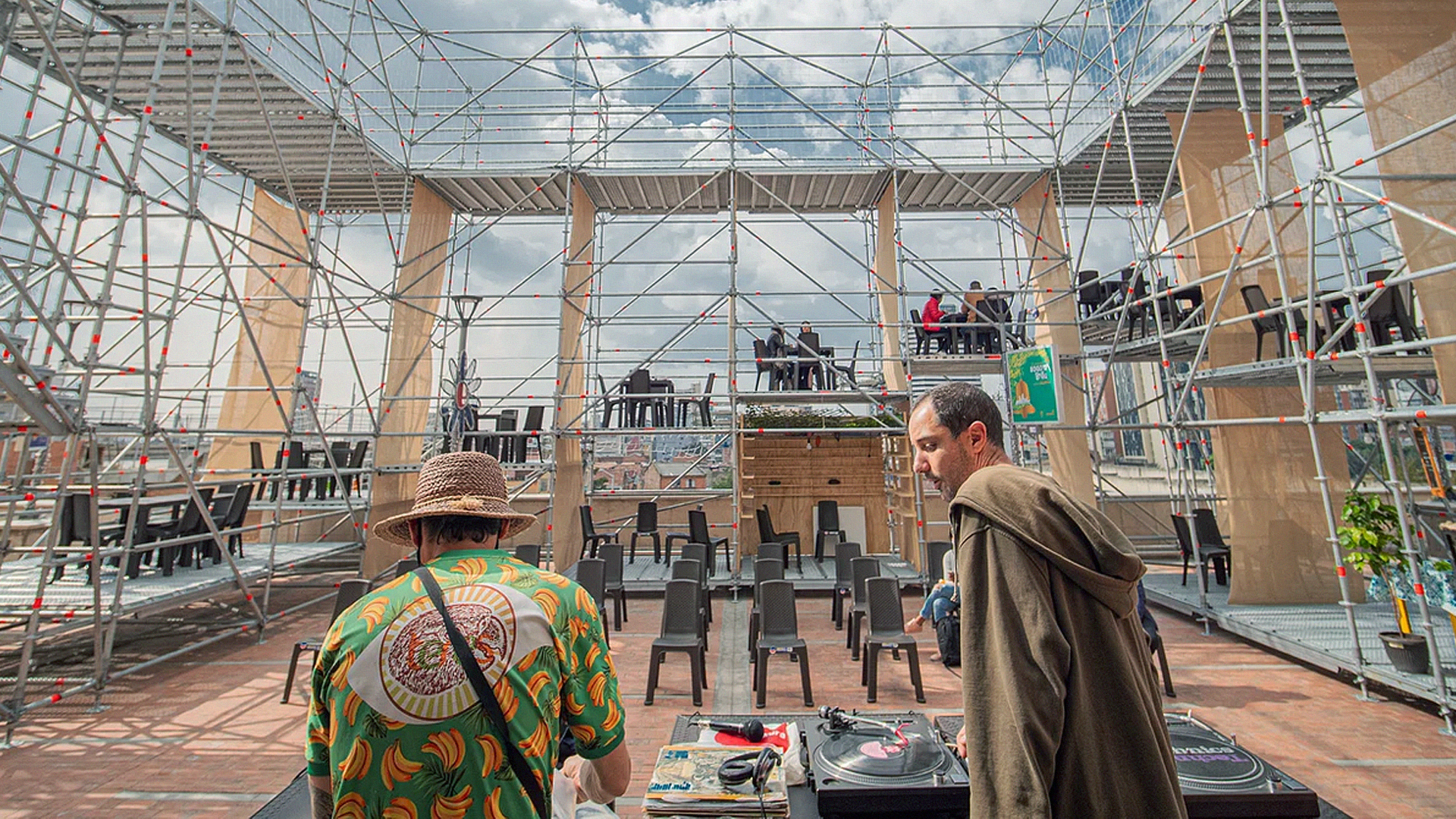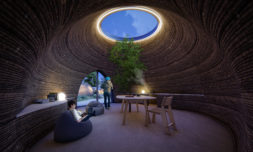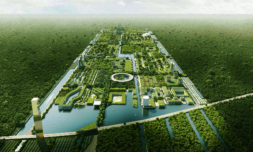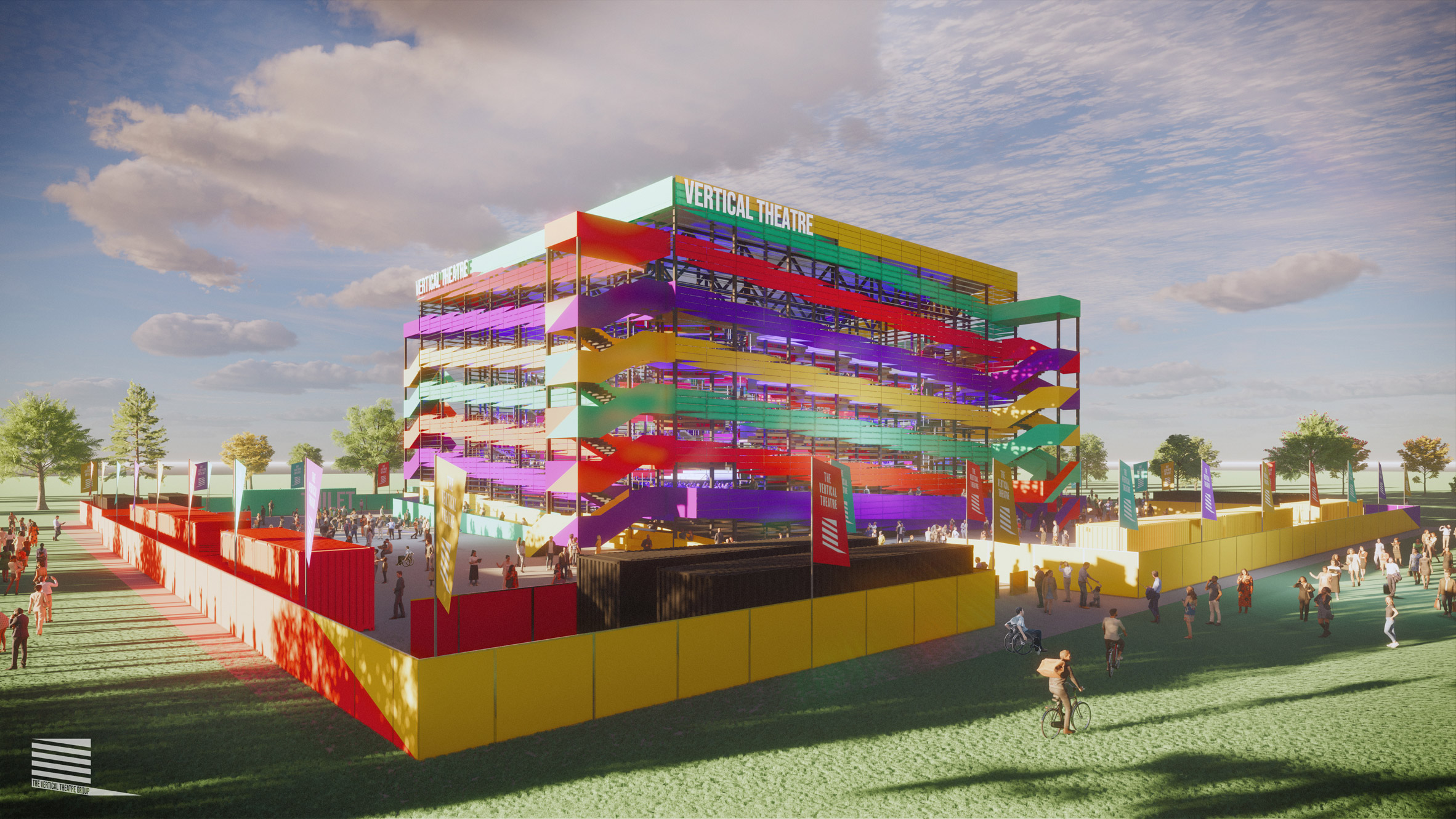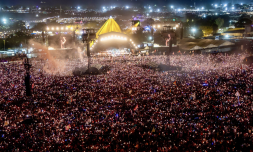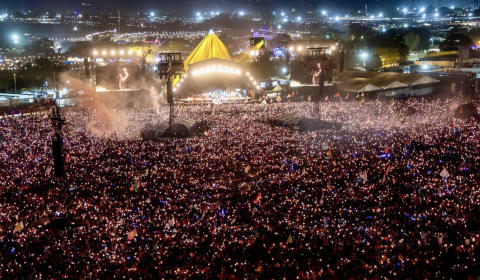Despite our hopes for the vaccine, restrictions on our social lives seem to loom indefinitely. New collaborative architecture firms have proposed social distancing-friendly performance venues to keep things afloat.
By this point, it is no surprise that social distancing laws have had a devastating financial impact on public venues, despite their positive effect on slowing virus transmission.
One of the worst-hit areas has been the entertainment industry, which relies on footfall to keep doors open, staff in action, and revenue coming in.
Many organisations have forged inventive quick fixes where restrictions allow, such as the Berliner Ensemble theatre group, which removed 500 of the 700 seats in their 19th Century Schiffbauerdamm building in May of last year. This savvy modification successfully allowed performances to continue while keeping audience household groups seated 1.5 metres apart from each other, as local rules dictated.
Some of the most innovative and Covid-secure solutions, however, have come from brand new structure designs, inspired by the limitations of the pandemic and intended to provide a better standard of safety to both performers and spectators. In an effort to create sustainable spaces for a post-pandemic world, architecture ‘laboratory’ Colab-19 have built La Concordia, a multi-use plaza in Bogotá.

The design uses the ancient, open-air model of the amphitheatre to combat the most current and pressing issue of our time.
Scaffolding and sheets of natural yute fabric – widely used to package potatoes and coffee – are composed into a layered structure that offers a retail space on the ground floor, dining and audience seating on the first floor, and a green rooftop on the highest level, which delivers a panoramic view of the city.
These layers are composed in a ‘U’ shape, centred around a large performance space in the middle. Amidst the isolation of the pandemic, the structure can be used as a cultural and social hub, offering plays and concerts but also cinema screenings and yoga classes for the residents of the Colombian capital.
In a city that has experienced one of the longest lockdowns in the world – where the majority of inhabitants are not able to work from home and thousands have lost their jobs to venue closures – Colab-19’s design offers hope that a new normal can be achieved. It suggests that with enough ingenuity and a degree of fresh thinking, public life can be reinstated. A large sign on the structure’s exterior reads ‘# ARQUITECTURA POR LA VIDA’ – architecture for life.
Colab-19 chose to use low-cost and repurposable materials to help keep the budget as minimal as possible, responding to Bogotá’s increasingly volatile economy brought about by the events of the last year. The resulting aesthetic is quite different from what regular theatregoers might be used to, but the courtyard of industrial platforms delivers on offering a quick and creative solution to an immediate and pressing problem.










